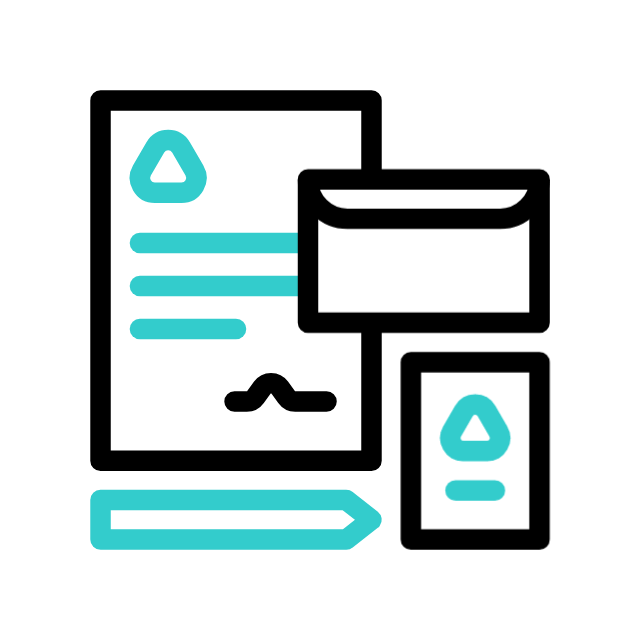Find Top-Rated B2B Firms For Your Next Project
We help businesses to find, compare, and hire qualified B2B service providers
Find B2B Companies By Service
Explore over 10,000 B2B companies, read reviews, see ratings, and connect with businesses to find the right fit
Featured Companies
Find the best companies for your business needs

Your Experience Can Help Others Find The Right B2B Partner
Share your experience on FindBestFirms and help other businesses discover top-rated B2B firms that perfectly match their project needs. Or, explore 10,000+ verified reviews to find the perfect fit for your own projects. Together, let's build a thriving B2B community where everyone succeeds!
Leave A ReviewDon’t just find. Be found put your CV in front of great employers
Boost your B2B presence by adding your company profile, getting reviews from clients, getting verified with FindBestFirms
Create A Free Profile1850+
Total Companies
74+
Total Services
540+
Project Posted
A Whole World Of Talent At Your Fingertip
-
Proof of Quality Works
There are many variations of passages of Lorem our Ipsum available, but the majority have suffered -
No Cost Until You Hire
Interview potential fits for your job, negotiate rates, and only pay for work you approve. -
Safe and Secure Payment Both
Ensuring both safe and secure payments — your trust, our priority.

Testimonials
Received 4.8/5 Stars in Over 10,000+ Reviews.

Sheikh Hasin
PM
As a small business owner, I was struggling to find a digital marketing agency that fit my needs. Then I found FindBestFirms, and it was a total game-changer. Their platform connected me with amazing firms that boosted my online presence. It was so easy to use, and the recommendations were spot-on. I’m genuinely thankful for how much they’ve helped my business grow!

Ibrahim Khalil
COO
I can’t stop raving about FindBestFirms! I was so excited to find a platform that made it super simple to track down the perfect agency for my e-commerce store. Their curated list saved me tons of time, and the results have been incredible. Honestly, I’m over the moon and tell everyone to check them out!

Rafiqul Shuvo
CTO
I’ll be honest—I wasn’t sure about FindBestFirms at first. I mean, can a website really help you find a great agency? But after trying it, I’m totally sold. Their in-depth reviews and rankings helped me pick a firm that knocked it out of the park. It’s now my go-to for finding trusted partners.

Nasrun Nessa
Chairman
Dude, FindBestFirms is awesome! I was freaking out trying to find a solid web design agency, but their platform made it a breeze. It pointed me to some super talented teams that totally got what I was going for. If you’re looking for help, this is the place to start—no stress, just results!

Niloy Mazumdar
Founder
Our company needed a reliable agency to support our marketing goals, and FindBestFirms delivered beyond our expectations. Their thorough platform helped us find a partner that perfectly matched our vision. We’re so appreciative of how streamlined and professional the whole experience was.

Abdur Rohman
CEO
So, I thought finding a good agency was going to be like searching for my lost keys—impossible! Then I found FindBestFirms, and it was like the universe handed me a treasure map. Their platform hooked me up with an awesome firm that nailed it. Saved my sanity and got me results—love these guys!
Recently Added
Get best services for your work
Read Our Latest Blogs, Research & Articles
Home to the Latest News, Data, and Advice for Businesses

Responsive Shopify Design: Why It Matters in 2025
Browsing a website on your phone shouldn't feel like a challenge. But for many poorly d... LEARN MORE

Top PHP Development Companies to Accelerate Your Business Growth
A strong, scalable, and dynamic web presence is now fundamental to business success. Whether you'... LEARN MORE

Hire WordPress Developers: What You Need to Know
When you are creating your first web-site, updating the old one, or creating a sophisticated onli... LEARN MORE

Top Benefits of Getting Listed on a B2B Listing Platform: FindBestFirms
Standing out in the crowded B2B landscape requires more than just a great product or service&mdas... LEARN MORE

10 Important User Experience Tips for WordPress Websites
The digital world has significantly changed, and your website is usually the first impression of... LEARN MORE

The Impact of Machine Learning on PPC Performance
PPC advertising is one of the most important methods of generating targeted traffic and leads in... LEARN MORE

Top 10 Most Used eCommerce CMS Platforms
The current age of e-commerce has ensured that a virtual store is no longer a luxury but a busine... LEARN MORE

How Content Marketing Builds Brand Authority and Trust
We live in a world where everyone’s always online and more skeptical than ever. Just having... LEARN MORE

Top 12 E-commerce CMS Platforms with Enticing Features
Retail e-commerce sales are predicted to reach LEARN MORE

5 Mistakes to Avoid When Outsourcing Software Development
Outsourcing software development has become a smart, strategic move for startups, small businesse... LEARN MORE
































